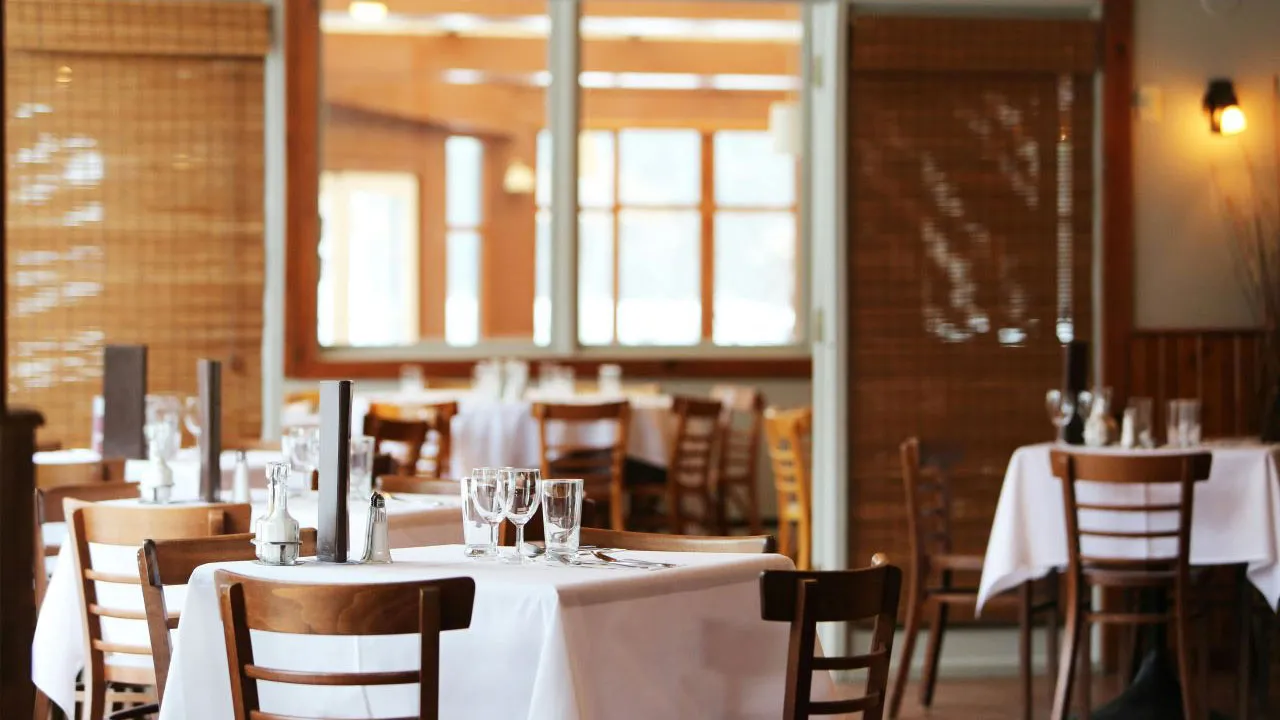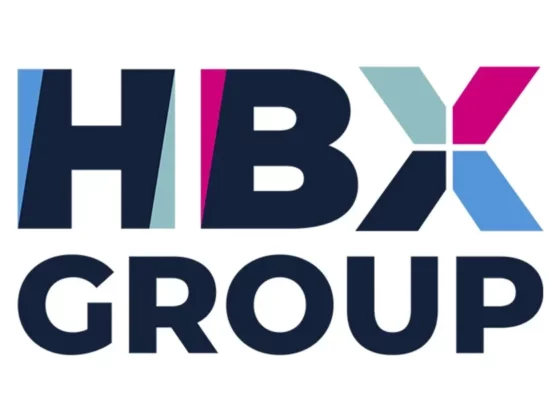
This might explain why sales at most pizza chains were somewhat muted during 2024. According to Technomic, the category’s sales for pizza chains in the top 500 averaged -1.5%.
Of course, nobody has a true crystal ball, but future indicators are also concerning. Consider that the United States is expected to lose about $90 billion from a reduction in foreign tourism in 2025, according to Goldman Sachs Group Inc. The National Restaurant Association finds that tourists spend anywhere from 25% to 35% of their money in restaurants.
Restaurants won’t just get hit from fewer travelers. A new survey released today from global accounting firm KPMG finds that American consumers are expected to spend 7% less each month at restaurants compared to last summer.
Respondents said they are more likely to cook breakfast at home compared to lunch or dinner, but the percentage is high across dayparts: 75% plan to cook breakfast at home this summer, while 67% and 68% plan to do the same for lunch and dinner, respectively. Nearly 50% of consumers said they are eating at home far more often, while 20% said they are eating at home slightly more often. Just 3% are dining out slightly more often and 1% are dining out far more often.
An overwhelming majority — 85% — said they are eating at home more to save money due to budget constraints. Other reasons include more control over ingredients (36%), restaurant quality/service not worth it (36%), family quality time (25%), and food safety concerns (24%).
That said, consumers expect to decrease their average monthly spending across most categories, not just restaurants. The two exceptions are groceries and automotive.
This pullback comes as 92% of consumers said their cost of living has increased, including 74% who said it has increased by more than 5%. Simultaneously, layoffs spiked by 205% in March — the third-highest monthly total recorded, according to outplacement firm Challenger, Gray & Christmas, driven by cuts made by the Department of Government Efficiency. It also comes as the U.S. Department of Education restarts the collection of defaulted student loan payments, impacting about 5 million Americans.
It’s a perfect storm that has caused 60% of respondents to start tracking their expenses more carefully, while 25% have dipped into their savings accounts to cover expenses. More than 70% of respondents expect a recession in the next year.
“We see a more selective and cost-conscious summer ahead,” KPMG consumer and retail leader Duleep Rodrigo said in a statement. “People aren’t just pulling back — they’re recalibrating.”
Consumer spending accounts for approximately 70% of U.S. economic activity. Recalibration of that spending is probably the last thing restaurants need after a tough 2024 in which sales at the top 500 chains increased by just 3.1% (below menu price increase levels), marking their slowest annual increase in 10 years, per Technomic.
To be sure, we’re no doomsdayers. We’ve seen this industry recover from the Great Recession, the COVID-19 pandemic, and everything in between and it continues to emerge from various crises bigger and better. But it’s worth noting that when it does emerge, there are always winners and losers and that will be no different this time around. We’ll no doubt get a glimpse of who is best positioned in this specific environment sooner than later.







